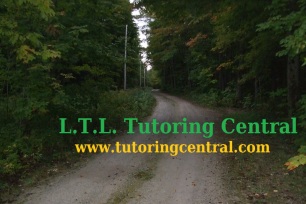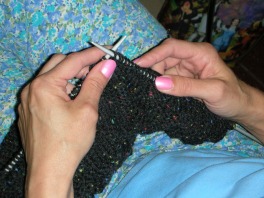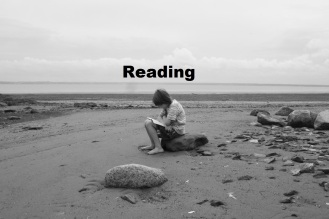Run-on Sentences Ahhhh! 
When you proofread and edit your work…
WHAT!
Yes, you should always proofread and edit your work. Do not be afraid of putting a little extra effort in. It will pay off in the long run.
Let’s try that again, shall we?
When you proofread and edit your work, watch for run-on sentences, and make the necessary corrections.
A run-on sentence is basically two or more sentences written as if they were one.
” Once upon a time, there was an evil tutor named Ron he always asked us to proofread and edit our work even when we thought our sentences and spelling were perfect he is so mean.”
The sentence above should actually be three sentences instead of one. Look for subjects and predicates and any connections. (If you are not sure about subjects and predicates, check out my Basic English Writing course.)
For example, this sentence is a run-on: “Susan loves to dance she loves the movement she is so graceful.” (There are three separate subjects and predicates incorrectly joined.)
she is so graceful.” (There are three separate subjects and predicates incorrectly joined.)
Here is a possible correction: “Susan loves to dance because she loves the movement, and she is so graceful.”
You can see that it is still one sentence. The subordinating word “because” and the coordinating conjunction “and” with a comma correct the problems in the first version.
Many students think that a run-on sentence is simply a long sentence. Nothing could be further from the truth. Some very long sentences are not run-on sentences. If the phrases and clauses are joined correctly and all well related, then there is no problem with being long.
Also, a short sentence can be a run-on sentence.
For example: “He fell down he cried.” This short sentence is a run-on.
Here are four solutions: “He fell down. He cried.”
“He fell down, and he cried.”
“He fell down and cried.”
“He fell down; he cried.”
(Most teachers don’t like joining independent clauses with a semicolon, so I recommend avoiding this method, although it is technically correct if the clauses are very short and closely related.)
Note that my sentence within parenthesis is fairly long, but it is not a run-on!
A full sentence should be one complete thought. Of course, you can have many adjectives, adverbs, and even clauses and phrases that add interest to your sentence. They must, however, be incorporated correctly.
When proofreading your work, watch for run-on sentences, and use one of these methods to edit:
- Separate the independent clauses (sentences) with end punctuation.
- Use a coordinating conjunction (for, and, nor, but, or, yet, so) to join them.
- Use a conjunctive adverb such as “however” or “therefore” to join them.
- Use a subordinating word such as “although’ or “because” to make one of the clauses dependent.
- Rewrite the sentence so that one independent clause (sentence) is turned into a phrase, adjective, or adverb. (Note example above could become: “He fell down crying.”)
Need more help?
Contact me to set up some personal programs for you or your child.
Don’t forget the Basic English Writing course. Register, and you will receive discounts for several of my other courses, too! 
Website: www.tutoringcentral.com
E-mail: www.tutoringcentral@inbox.com
This week’s video: Run-on Sentences


 paragraph should be at the beginning of the paragraph – often the first sentence.
paragraph should be at the beginning of the paragraph – often the first sentence. made the case for your argument or point of view. This can be especially useful in argument paragraphs because it leads the reader to your conclusion drawing them in with your amazing proofs and supports.
made the case for your argument or point of view. This can be especially useful in argument paragraphs because it leads the reader to your conclusion drawing them in with your amazing proofs and supports.












